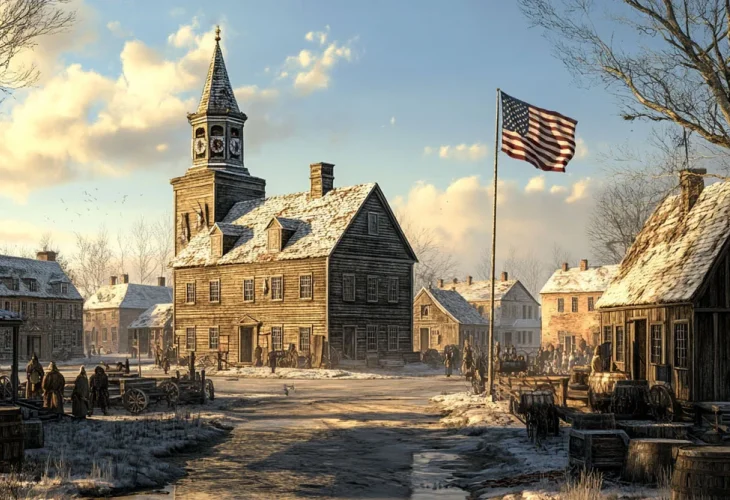The Untold Story: Jewish Resistance Against American Nazis
As Nazi leader Fritz Kuhn began his speech, a bold young man suddenly stormed the stage, seizing the microphone to denounce Hitler and the Nazis in front of 20,000 fervent followers... That man was Isidore Greenbaum, a 26-year-old Jew from Brooklyn.

When we think of Nazis, we naturally think of Germany. However, before the Holocaust, Nazism was legal in other countries too. There was even a Nazi party in the United States. This organization had 25,000 members and battalions of 8,000 men, called "stormtroopers," who would march in public with their rifles, acting as though they were heading into battle.
Before the Holocaust, this was anti-Semitic, yet technically not illegal. The American Nazi organization published books and magazines; they campaigned against voting for Jewish candidates in elections; they held rallies and even ran summer camps for American children to spread their ideology. There were 25 such known camps where children wore Nazi uniforms and were bombarded with Nazi propaganda.
The Nazis educated their followers to idolize Hitler, preached against "Jewish" communism, and demanded that the United States abstain from involvement in any European conflict.
On February 20, 1939, George Washington's birthday, the American Nazis organized a massive rally at the famed Madison Square Garden in New York City. 20,000 people attended. Swastikas adorned the entrance, and speakers loudly praised Nazism, arguing it was the true American spirit and the spirit of George Washington, while labeling Roosevelt as a "puppet of the Jews."
But as Nazi Fritz Kuhn began his keynote speech, a young, burly man suddenly stormed onto the stage, grabbed the microphone, and began hurling insults at Hitler and the Nazis in front of 20,000 fired-up Nazis... It was Isidore Greenbaum, a 26-year-old Jew from Brooklyn. After his outburst, he managed to tear the cable to prevent the speeches from continuing, only to be attacked by Nazi stormtroopers. In the nick of time, New York City police officers rescued him. He was brought before a judge and fined $25.
This incident marked the beginning of Jewish resistance against American Nazis. The notorious mobster Meyer Lansky, a Shabbat-observant Jew, mobilized small militias that instilled fear in Nazi institutions and rallies. They were dubbed the "Minutemen." Lansky recruited Jewish boxers, including Harry Levin, who would burst in, knock out the leaders and organizers and disappear as quickly as they had arrived. Levin's niece, Leslie Barry, wrote a book documenting this story.
In an interview with "Aish HaTorah," Leslie shared: The Minutemen of Newark operated as undercover agents, uncovering the union's plans. One major project was the union's effort to map American infrastructure for potential wartime use. Other groups across America fought Nazis, but the Newark Minutemen seemed the most active. "The union centered in New York and New Jersey," Leslie explains, "and the Newark Minutemen were the most organized of all the resistance groups."
Leslie notes that many Newark Minutemen never spoke of their anti-Nazi actions. She believes it's because many of these men were soon enlisted and fought in World War II, giving them more dramatic stories to tell their children and grandchildren.
She recalls her Uncle Harry as being a gentle soul. "He was tall, 1.95 meters, and much larger than my mother," Leslie explains. He was "a beloved uncle, like a teddy bear." Uncle Harry lived in Newark until he was drafted, then served in the U.S. Army during World War II as a military policeman. After the war, he returned to Newark and became a policeman to support his wife and son. "He led a relatively simple life," Leslie explains. He rarely spoke of his days as part of the Newark Minutemen.

